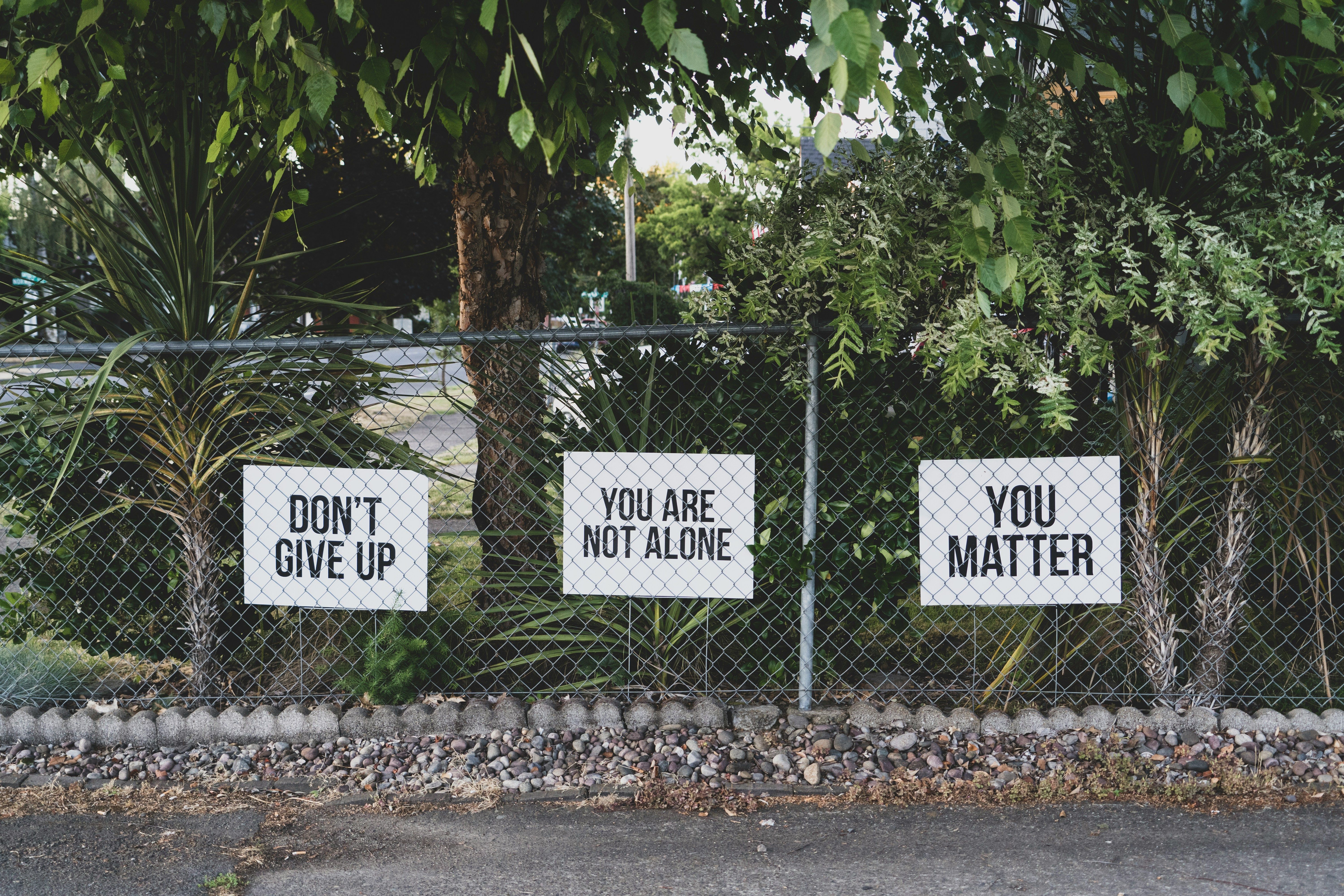Families entering child protection can feel anxious, overwhelmed and far too often disempowered by a system they have little control over (Better Care Network & IPAN, 2020).
Peer Parent Advocacy (PPA) shifts this dynamic by pairing parents who’ve “been there” with those just starting the journey. Through practical guidance, emotional reassurance and authentic hope, PPA helps families engage more confidently with services designed to keep their children safe.
What Is Peer Parent Advocacy?
At its heart, PPA is simple: lived‑experience support. Parents who have navigated child protection themselves offer practical and emotional help to others in similar situations (Saar-Heiman et al., 2024).
Unlike professional advocates who are trained specialists that often lack personal history, peer advocates speak the language of lived experience:
- Instant rapport. Parents feel heard by someone who truly “gets it.”
- Empathy in action. Peers know which meeting rooms trigger stress, which questions feel invasive, and can coach parents accordingly (Lloyd et al., 2025).
- Real‑life role models. Seeing a mentor who “survived and thrived” communicates possibility more powerfully than any motivational chat can with a social worker.
Lloyd et al. (2025) emphasise that it is not just shared hardship, but the interpretation of those experiences, essentially how advocates frame challenges and outcomes, that “shapes understandings” of advocacy’s true value.

Two Pillars: Practical Help & Emotional Support
1. Practical Help Peer advocates clarify child protection processes:
- Decoding jargon and forms. Explaining acronyms, guiding statement‑writing, even creating plain‑English guides or short videos for complex meetings (Better Care Network & IPAN, 2020).
- Meeting advocacy. Sitting in or taking notes, so parents can focus on sharing their story.
2. Emotional Support Equally vital is the advocate’s empathetic presence:
- Non‑judgmental listening. A safe space to voice fears and questions.
- Confidence‑building. Coaching parents to “fight their corner” respectfully and assertively.
Practical clarity builds trust, which opens the door for deeper emotional work. Parents report fewer surprises in meetings, better understanding of next steps, and greater willingness to stay engaged (Saar‑Heiman et al., 2024).

A Cultural Shift: From Adversaries to Allies
Once viewed as adversarial extras, peer advocates are increasingly integrated into child protection cultures:
- Co‑training. Some authorities now include peer advocates in social worker induction, fostering mutual respect from day one.
- Co‑created resources. At one site, advocates produced an explainer video for Initial Child Protection Conferences. Social workers said parents arrived calmer and better prepared, making meetings more productive (Better Care Network & IPAN, 2020).
This signals a move toward genuine partnership, where advocates are seen not as critics, but as allies in keeping children safe.
Real‑World Practice: Family Assessment Centre Example
At the family assessment centre where I worked, we invited parents who had successfully completed their assessment to meet new families. These alumni parents:
- Shared positive outcomes. Seeing someone who had “been through it” and thrived gave new parents hope.
- Offered first‑hand tips. From navigating the house routines to preparing for review meetings.
- Left encouraging notes. Parents wrote messages in a “legacy book” for future families.
This simple practice eased parents’ anxiety and showed that professionals were collaborating with them, not working against them.

Navigating Boundaries: Independence & Professionalism
Although shared experience is a strength of PPA, it is also its risk. Setting clear boundaries is important to protect both advocates and families (Better Care Network & IPAN, 2020):
Advocate–Parent Boundaries:
- Supervision & peer support. Regular check‑ins and caseload limits prevent burnout and re‑traumatisation (Saar‑Heiman et al., 2024).
- “Switch‑off” mechanisms. Dedicated work phones or emails let advocates maintain personal time.
Advocate–Agency Boundaries:
- Organisational neutrality. Many PPA programs sit in independent charities rather than direct local‑authority teams, preserving advocates’ freedom to challenge poor practice (Saar‑Heiman et al., 2024).
- Progressive remuneration. Advocates often start as volunteers (expenses‑only), moving to formal paid roles so they can speak freely without financial pressure.
By safeguarding these lines, programs ensure advocates remain “honest brokers” trusted by both families and agencies.
Advocacy as Political Agency
While clear boundaries protect PPA’s integrity, Castellano’s (2021) East Harlem study reminds us that peer advocacy is also inherently political. Parents who share their stories do more than navigate forms; they challenge stigma, assert rights, and push back against unfair systems.
Yet, activists risk being co‑opted as mere service providers once funding and professional pressures take hold. PPA programs must therefore safeguard their grassroots energy, ensuring advocates remain free to both collaborate with—and critique—child welfare authorities.
- Advocacy as action, not just assistance. Sharing lived experience becomes a form of political agency that reshapes power dynamics.
- Stigma and surveillance awareness. Understand how intensified scrutiny of marginalised families affects when and how parents will speak up.
- Collaborate and challenge. Balance partnership with authorities against the freedom to question destructive policies.
- Protect activist roots. Design roles and funding so that parent decision‑making remains central, preventing drift into purely routine service delivery.
- Guarantee independence. Secure neutral funding structures that empower advocates to speak truth to power without fear of financial or organisational reprisal.

Professional & Peer Advocacy: A Hybrid Approach
Professional advocacy (e.g., legal specialists, NGO caseworkers) and PPA each bring unique strengths:
- Professional advocates excel at policy‑level influence and navigating complex legal procedures.
- Peer advocates offer built‑in credibility and stigma‑busting authenticity that no training can replicate (Lloyd et al., 2025).
Many services now combine both: a family might have a lawyer for court hearings and a peer mentor for emotional and practical day‑to‑day support. Early evaluations show this hybrid approach yields higher attendance at conferences, fewer missed appointments and better satisfaction for parents (Saar‑Heiman et al., 2024).

Co‑Designing PPA with Parents
Meaningful PPA programs involve parents from the ground up (Damman et al., 2025):
- Advisory panels of experienced parents define advocate roles, tasks and support needs.
- Accessible guides and videos are co‑produced, ensuring materials are truly user‑friendly.
- Structured debriefs (e.g., Clean Language facilitation) protect advocates’ mental health and refine service delivery.
When parents shape the service from Day 1, PPA truly meets families’ needs.
Getting Started: Practical Steps for Teams
- Partner with local groups. Reach out to parent‑led charities, health visitors or community centres to recruit potential advocates.
- Co‑design roles. Form a small committee of alumni parents to draft job descriptions, confidentiality protocols and caseload guidelines.
- Train jointly. Hold workshops where social workers and peer advocates learn together: cover communication skills, boundary‑setting and basic child protection processes.
- Support advocates. Establish combined clinical supervision (for emotional well‑being) and peer support meetings. Provide dedicated contact channels.
- Monitor impact. Collect both qualitative stories (parent testimonials) and quantitative data (meeting attendance, case‑closure rates). Use feedback to iterate continually.

Conclusion: Toward Stronger Families
Peer Parent Advocacy is more than an add‑on, it’s an investment in collaboration, trust and better outcomes. By honouring lived experience, clarifying boundaries and truly listening, PPA makes the child protection process more transparent and humane. Families arrive at meetings informed and supported, agencies benefit from fewer delays, and children ultimately experience safer, more stable care.
Sources
- Better Care Network and IPAN. (2020, October). International Review of Parent Advocacy in Child Welfare: Strengthening Children’s Care and Protection Through Parent Participation. Retrieved June 30, 2025, from https://bettercarenetwork.org/sites/default/files/2020-10/BCN_Parent_Advocacy_In_Child_Welfare.pdf
- Castellano, V. (2021). Walking a fine line: the struggle for parent advocacy in the NYC child welfare system☆. City & Society, 33(3), 518–541. https://doi.org/10.1111/ciso.12416
- Damman, J. L., Saar-Heiman, Y., Lalayants, M., & Gupta, A. (2025). What makes peer support supportive? A scoping review of multidimensional parent advocacy support in child welfare. Children and Youth Services Review, 108133. https://doi.org/10.1016/j.childyouth.2025.108133
- Fitz-Symonds, S., Evans, L., Tobis, D., Westlake, D., & Diaz, C. (2023). Mechanisms for support: A realist evaluation of peer parental advocacy in England. The British Journal of Social Work, 54(1), 341–362. https://doi.org/10.1093/bjsw/bcad200
- Lloyd, H., Harris, C., Cook, L., Williams, J., Roderick, L., Price, Z., & Diaz, C. (2025). ‘They get it, they’ve been through it’: How lived experience can shape understandings of peer parent advocacy. Social Sciences, 14(6), 361. https://doi.org/10.3390/socsci14060361
- Saar-Heiman, Y., Damman, J. L., Lalayants, M., & Gupta, A. (2024). Parent Peer Advocacy, Mentoring, and Support in Child Protection: A scoping review of programs and services. Psychosocial Intervention, 33(2), 73–88. https://doi.org/10.5093/pi2024a5




